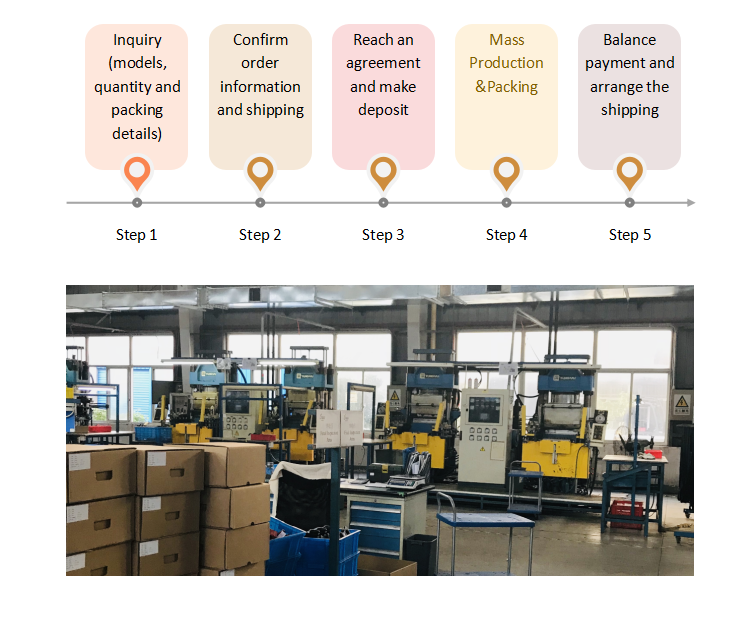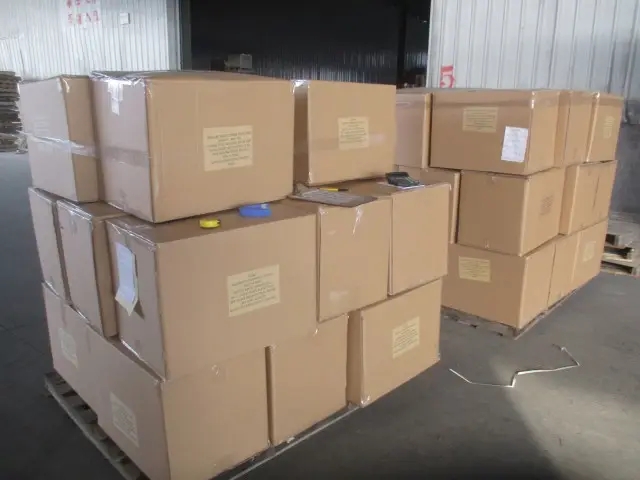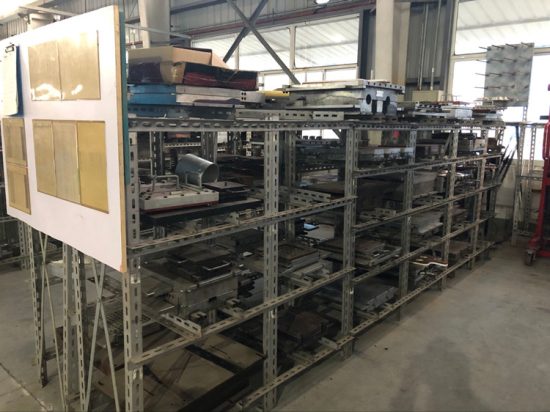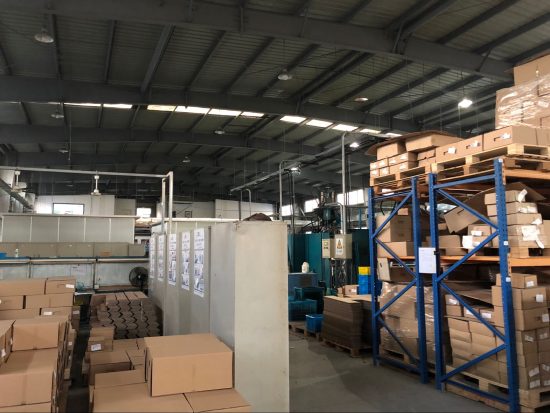Rubber seals are commonly used in various industries to prevent the leakage of fluids or gases. Packaging methods for rubber seals are essential to ensure their protection, integrity, and ease of handling during storage and transportation. Here are some common packaging methods for rubber seals:
- Bulk Packaging:
- Rubber seals are packaged in bulk in large containers such as cardboard boxes, crates, or plastic bins. This is a cost-effective method for large quantities.
- Small Quantity Packaging:
- For smaller quantities, rubber seals may be packaged in resealable plastic bags, blister packs, or small cardboard boxes. This makes them easy to count and access.
- Roll or Coil Packaging:
- Some rubber seals, especially those in the form of strips or gaskets, are packaged in rolls or coils. These can be wrapped in plastic or paper and placed in cardboard or plastic containers.
- Tube or Cartridge Packaging:
- Rubber sealants and adhesive seals may be packaged in squeezable tubes or cartridges. This makes it convenient for application and reduces waste.
- Tray Packaging:
- Rubber seals that need to maintain their specific shape, like O-rings, may be placed in trays or compartments within a larger container. This prevents deformation during transportation.
- Vacuum Packaging:
- To protect rubber seals from environmental factors, vacuum packaging with barrier films may be used. This is particularly important for seals that are sensitive to moisture or oxygen.
- Reel Packaging:
- Continuous rubber seals, like gaskets and weather stripping, are often packaged on reels. This makes it easy to unwind and cut to the required length during installation.
- Custom Packaging:
- In some cases, rubber seals with unique shapes or specific requirements may be custom packaged. This could involve designing special containers or enclosures to ensure their protection and longevity.
- Labeling and Identification:
- Proper labeling and identification of rubber seal packaging is crucial. Each package should be clearly marked with product specifications, part numbers, batch/lot numbers, and other relevant information.
- Protective Measures:
- Depending on the nature of the rubber seals, additional protective measures may be taken, such as adding desiccants to absorb moisture or using anti-static packaging for sensitive seals.
The choice of packaging method depends on the type of rubber seal, its intended application, quantity, and the environmental conditions it will be exposed to during storage and transportation. Proper packaging helps ensure the seals remain in good condition and perform as intended when needed.
Rubber seals offer a wide range of benefits in various industrial and commercial applications due to their unique properties and versatility. Here are some of the key benefits of using rubber seals:
- Effective Sealing: Rubber seals are highly effective in preventing the leakage of fluids (liquids or gases) and blocking the ingress of contaminants. They provide a reliable barrier to maintain the integrity of systems and components.
- Flexibility: Rubber seals are inherently flexible and can conform to irregular surfaces, making them suitable for sealing gaps and irregularities in machinery, equipment, and structures.
- Durable: Rubber seals are known for their durability and resistance to wear, tear, and abrasion. They can withstand a wide range of temperatures and harsh environmental conditions.
- Chemical Resistance: Many rubber compounds exhibit excellent resistance to various chemicals, oils, and solvents, making them ideal for sealing applications in industries where exposure to such substances is common.
- Weather Resistance: Rubber seals, particularly those made from materials like EPDM (ethylene propylene diene monomer), are highly resistant to weathering, ozone, and UV exposure. This makes them suitable for outdoor applications.
- Shock and Vibration Absorption: Rubber seals can absorb and dampen shocks and vibrations, reducing the risk of damage to machinery and ensuring a longer operational life.
- Noise Reduction: Rubber seals can act as effective noise insulators, reducing the transmission of sound in machinery, vehicles, and buildings.
- Low Friction: Many rubber seals have a low coefficient of friction, making them suitable for applications where sliding or rotating components need to interact with minimal resistance.
- Non-Conductive: Rubber is typically an insulating material, which is advantageous in applications where electrical conductivity must be avoided.
- Cost-Effective: Rubber seals are often cost-effective compared to alternative sealing materials. They provide a good balance of performance and affordability.
- Easy Installation: Rubber seals are relatively easy to install, especially in standard shapes like O-rings or gaskets, which simplifies maintenance and repair tasks.
- Variety of Materials: Rubber seals are available in various rubber compounds, each tailored for specific applications. Common materials include Nitrile, Silicone, Viton, Neoprene, and more, each with unique properties.
- FDA Compliance: Some rubber materials, like silicone, meet FDA requirements for food-grade applications and are safe for use in the food and pharmaceutical industries.
- Customization: Rubber seals can be custom-designed to match specific requirements, including size, shape, and performance characteristics.
- Environmental Compatibility: Rubber seals are often recyclable and eco-friendly, aligning with sustainability goals.
The specific benefits of rubber seals will depend on the application and the type of rubber material chosen. Rubber seals are widely used in automotive, aerospace, construction, manufacturing, and many other industries due to their versatile and advantageous characteristics.
Rubber seals offer several advantages across a wide range of applications due to their unique properties and versatility. Here are some of the key advantages of using rubber seals:
- Effective Sealing: Rubber seals provide highly effective sealing solutions, preventing the leakage of fluids (liquids or gases) and blocking the entry of contaminants. They create a reliable barrier to maintain the integrity of systems and components.
- Flexibility: Rubber seals are inherently flexible and can conform to irregular surfaces, making them suitable for sealing gaps and irregularities in machinery, equipment, and structures.
- Durable: Rubber seals are known for their durability and resistance to wear, tear, and abrasion. They can withstand a wide range of temperatures and harsh environmental conditions, which leads to extended service life.
- Chemical Resistance: Many rubber compounds exhibit excellent resistance to various chemicals, oils, and solvents, making them ideal for sealing applications in industries where exposure to such substances is common.
- Weather Resistance: Rubber seals, particularly those made from materials like EPDM (ethylene propylene diene monomer), are highly resistant to weathering, ozone, and UV exposure. This makes them suitable for outdoor applications.
- Shock and Vibration Absorption: Rubber seals can absorb and dampen shocks and vibrations, reducing the risk of damage to machinery and ensuring a longer operational life.
- Noise Reduction: Rubber seals can act as effective noise insulators, reducing the transmission of sound in machinery, vehicles, and buildings. This is particularly advantageous for noise control in various applications.
- Low Friction: Many rubber seals have a low coefficient of friction, making them suitable for applications where sliding or rotating components need to interact with minimal resistance.
- Electrical Insulation: Rubber is typically an insulating material, which is advantageous in applications where electrical conductivity must be avoided. This can help prevent electrical interference and enhance safety.
- Cost-Effective: Rubber seals are often cost-effective compared to alternative sealing materials. They provide a good balance of performance and affordability, making them a cost-efficient choice for many applications.
- Easy Installation: Rubber seals are relatively easy to install, especially in standard shapes like O-rings or gaskets. This simplifies maintenance and repair tasks, reducing downtime and labor costs.
- Variety of Materials: Rubber seals are available in various rubber compounds, each tailored for specific applications. Common materials include Nitrile, Silicone, Viton, Neoprene, and more, each with unique properties to meet different needs.
- Customization: Rubber seals can be custom-designed to match specific requirements, including size, shape, and performance characteristics. This adaptability allows for a precise fit in unique applications.
- Environmental Compatibility: Rubber seals are often recyclable and eco-friendly, aligning with sustainability goals and environmental regulations.
- FDA Compliance: Some rubber materials, like silicone, meet FDA requirements for food-grade applications and are safe for use in the food and pharmaceutical industries.
The specific advantages of rubber seals will vary depending on the application, the type of rubber material selected, and the design of the seal. Rubber seals find extensive use in automotive, aerospace, construction, manufacturing, and many other industries due to their diverse benefits and suitability for numerous sealing challenges.















